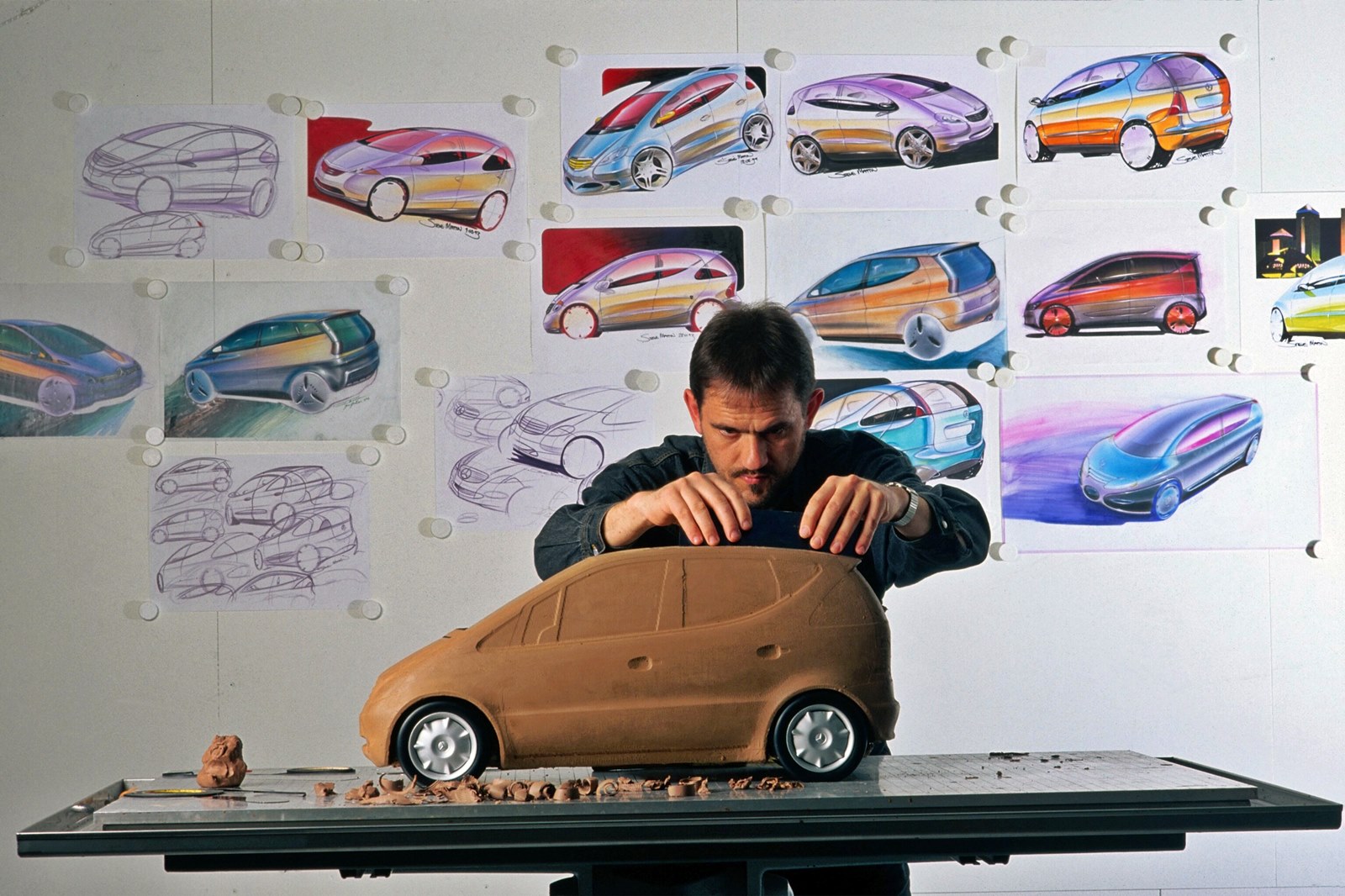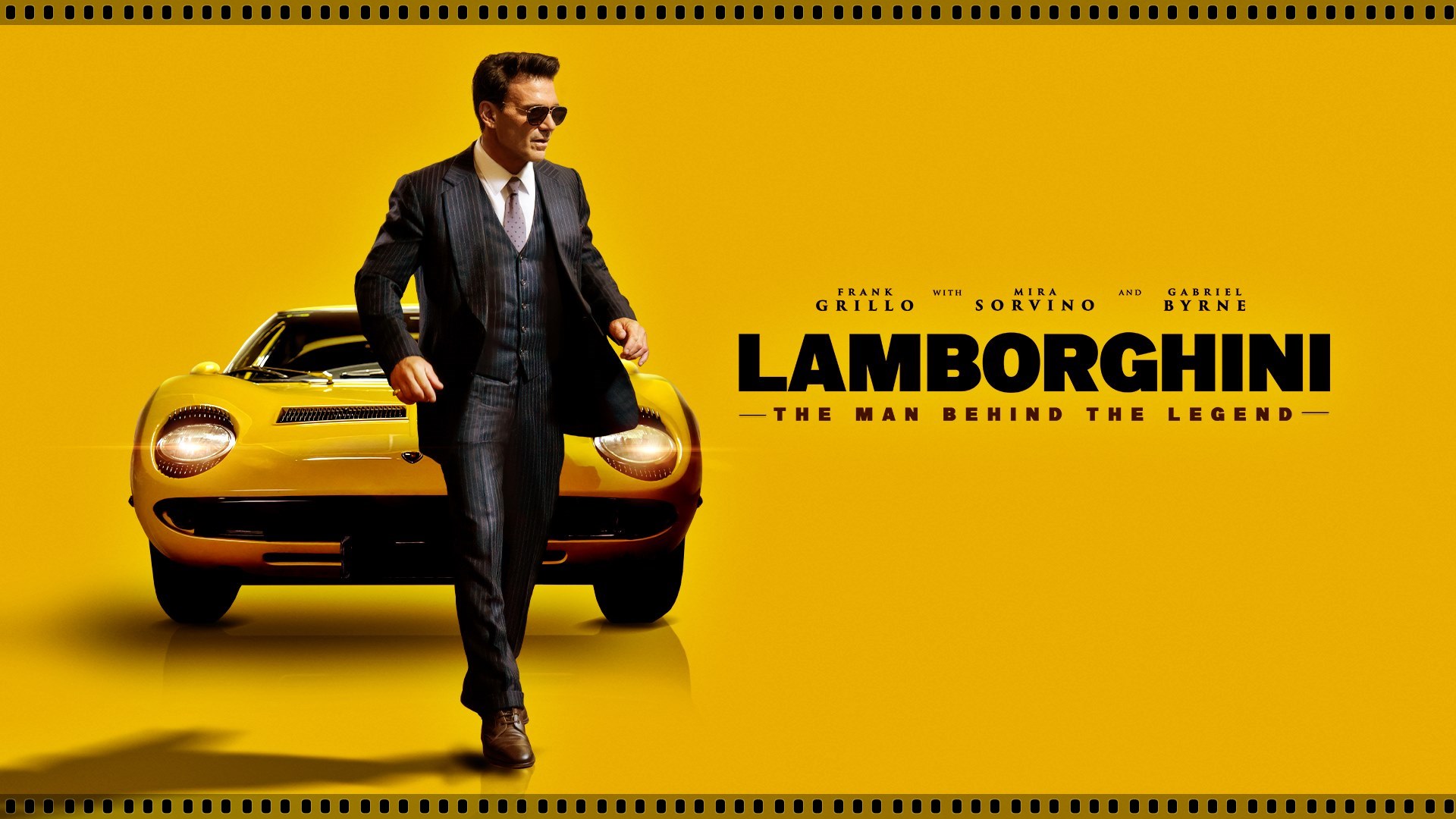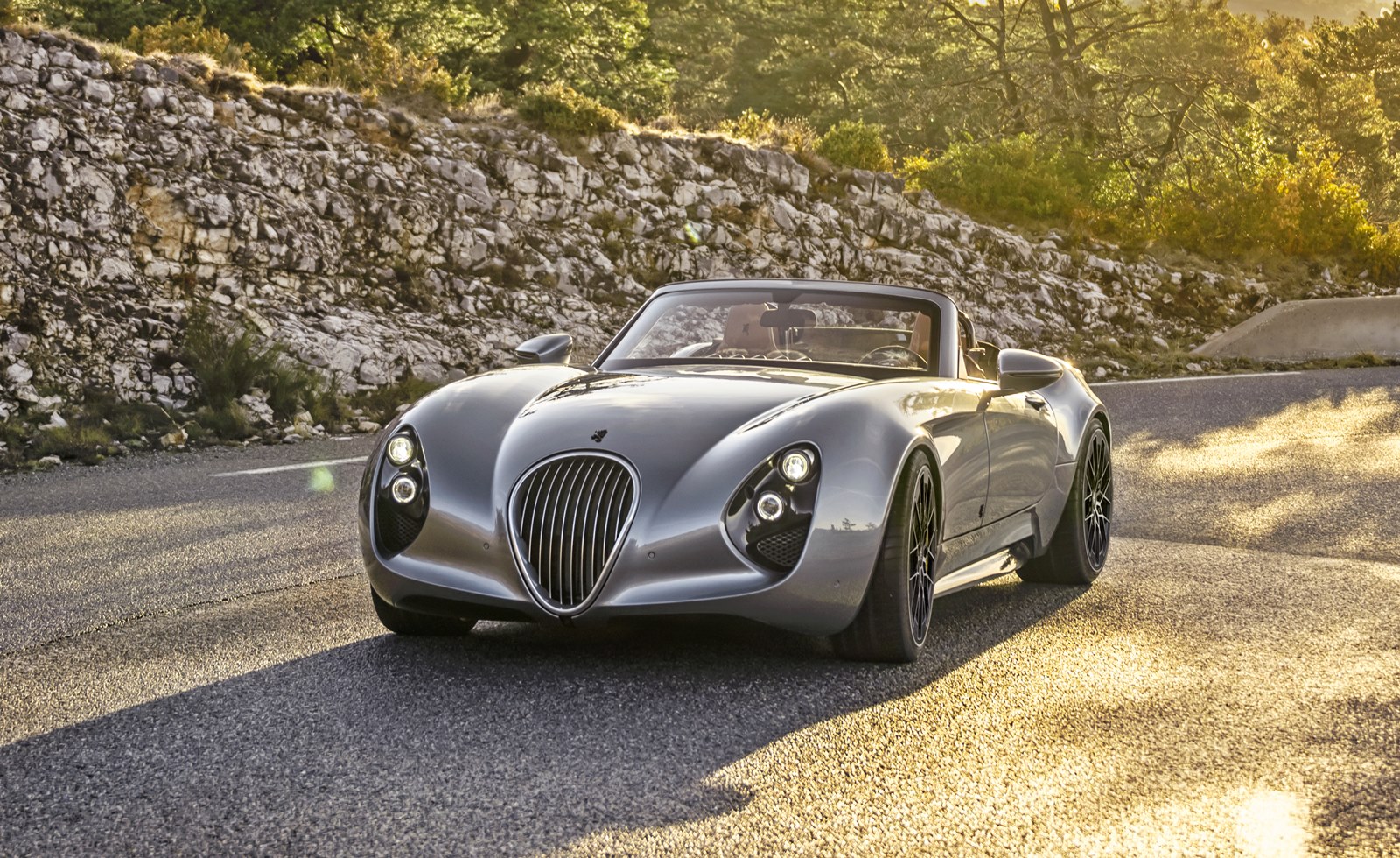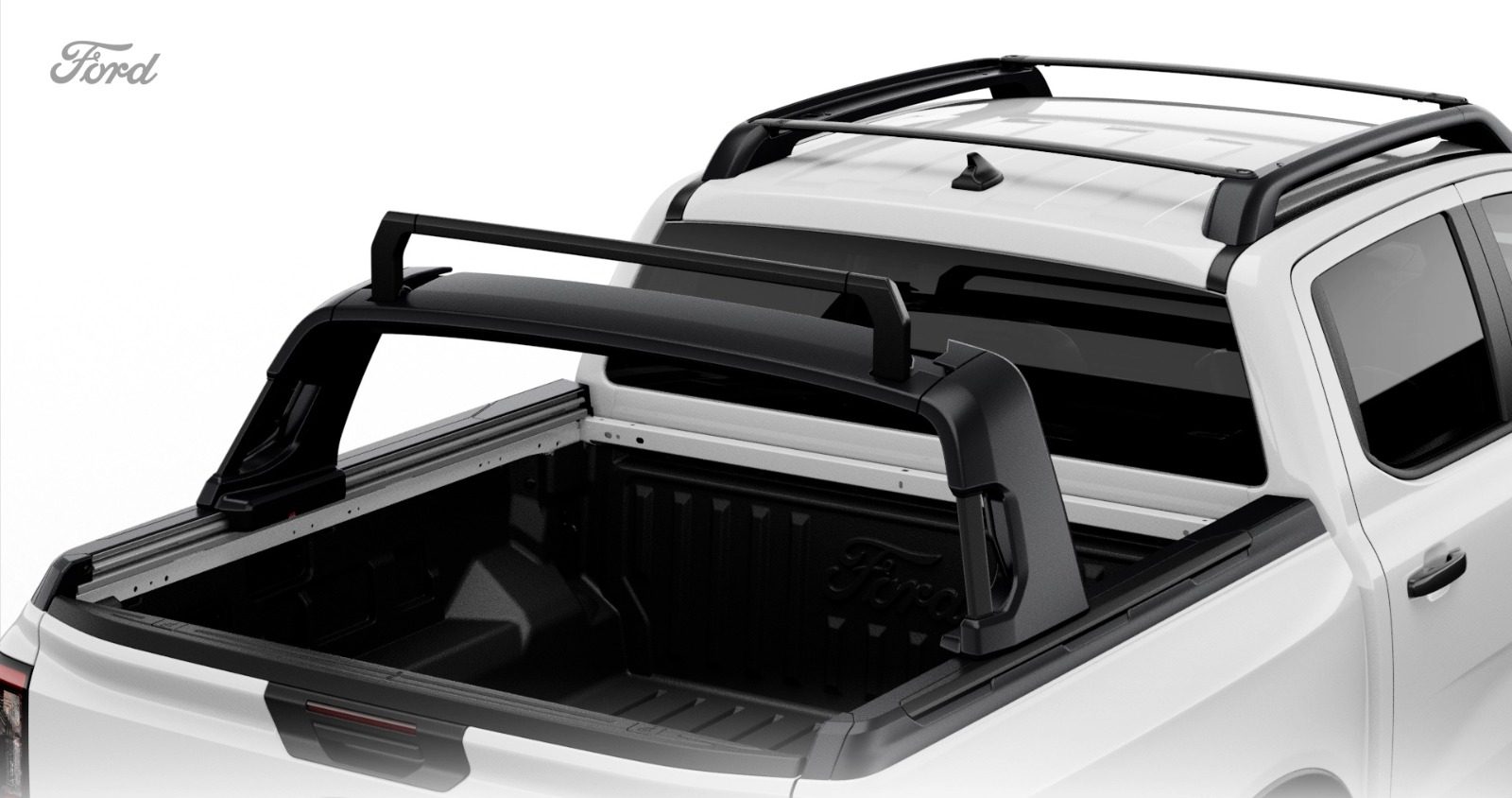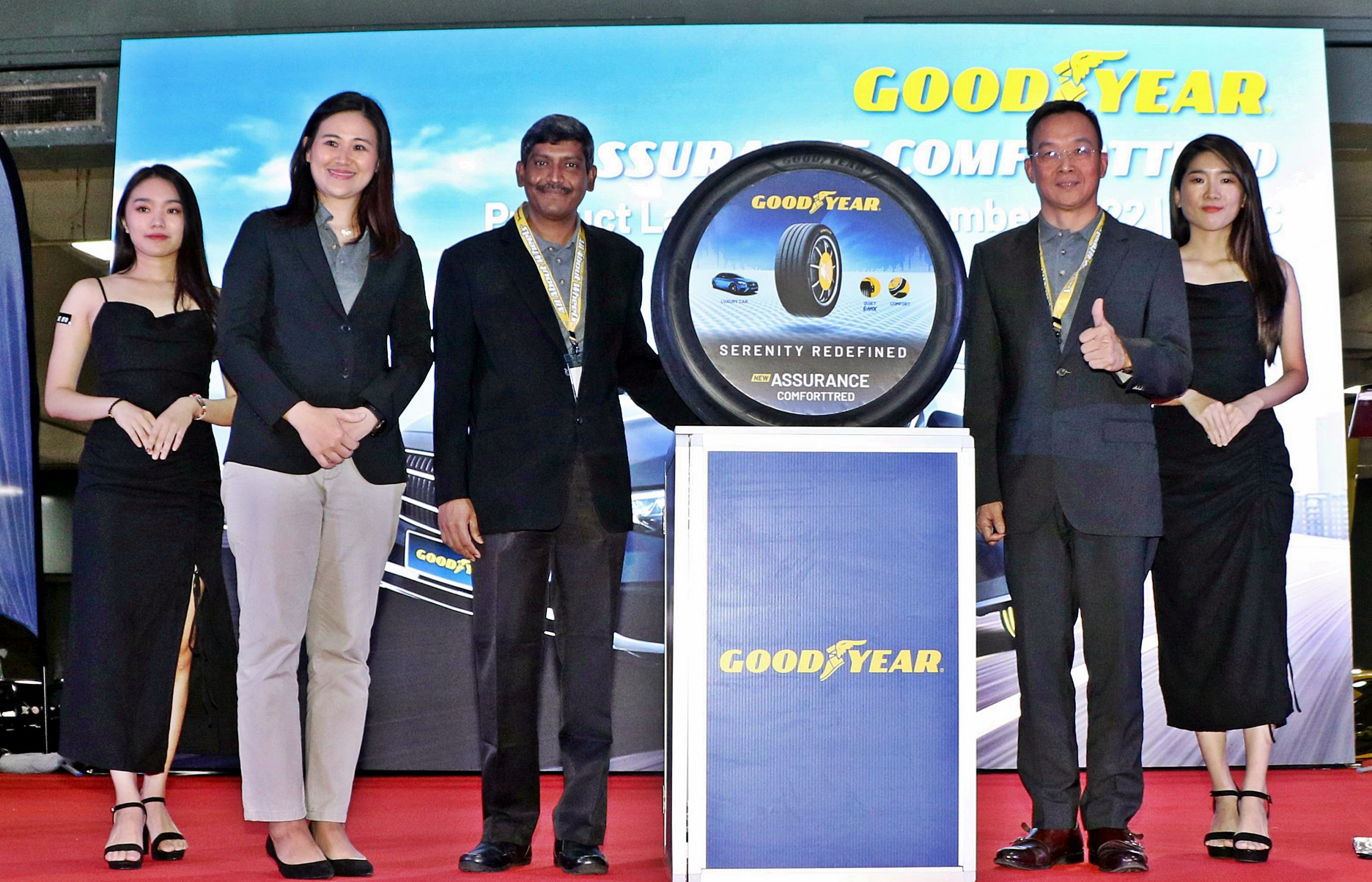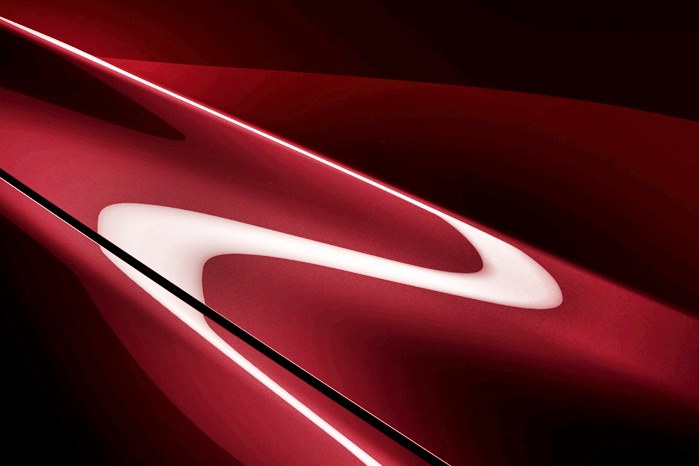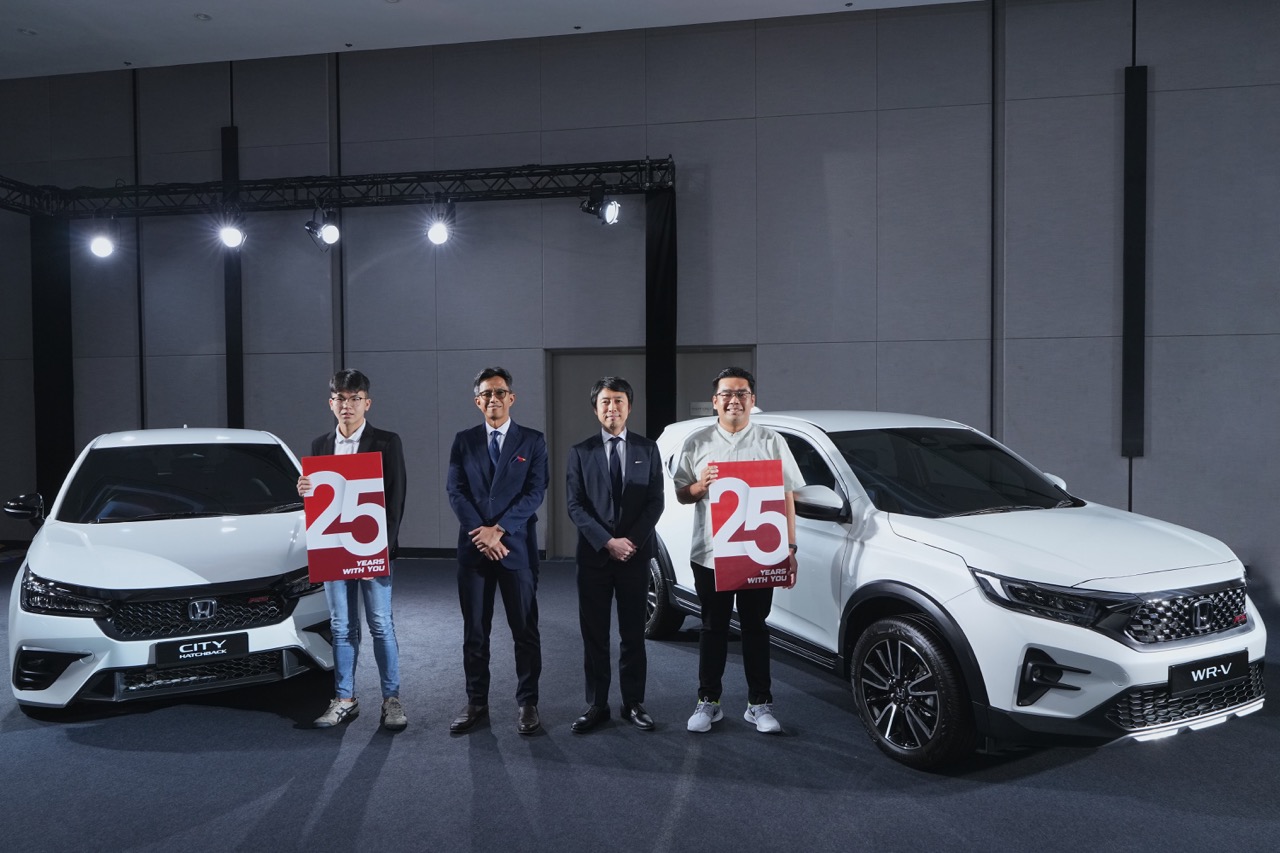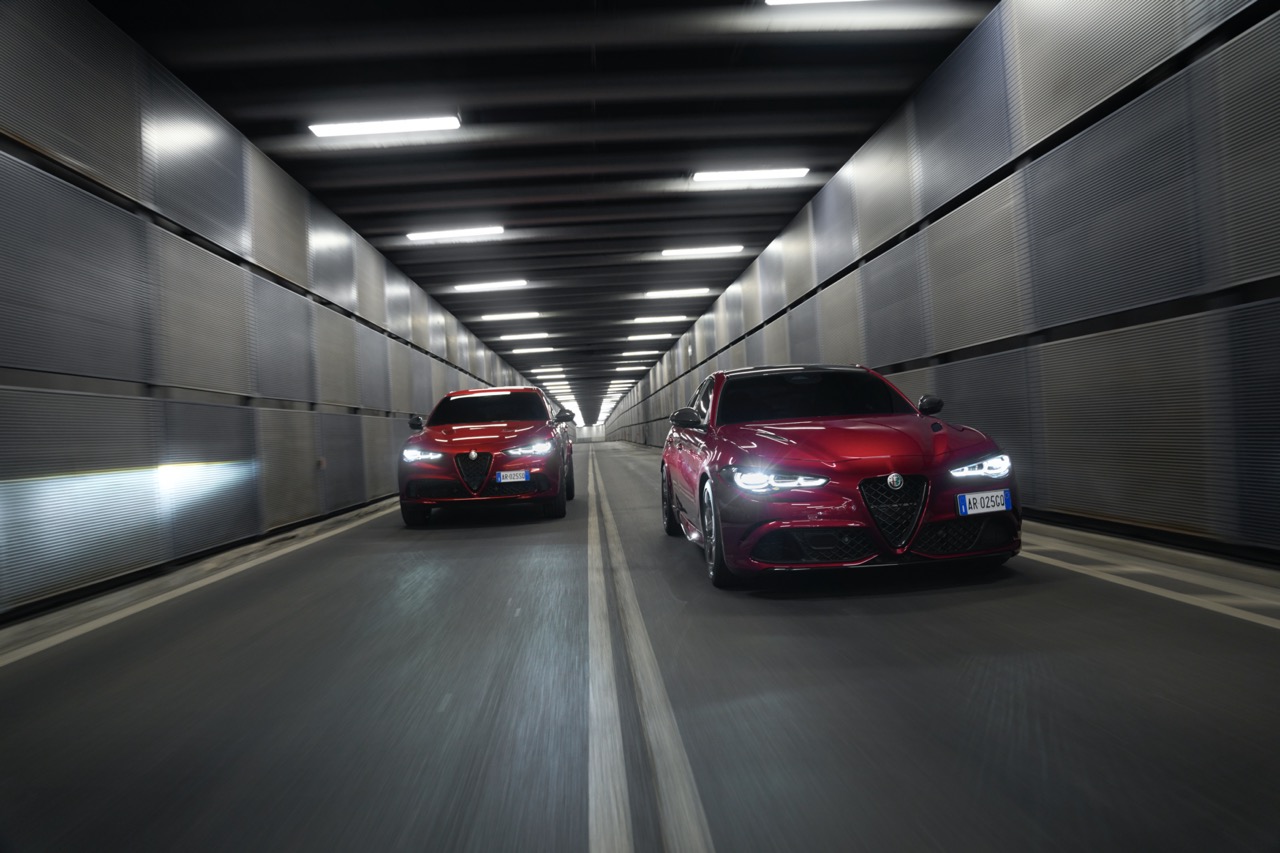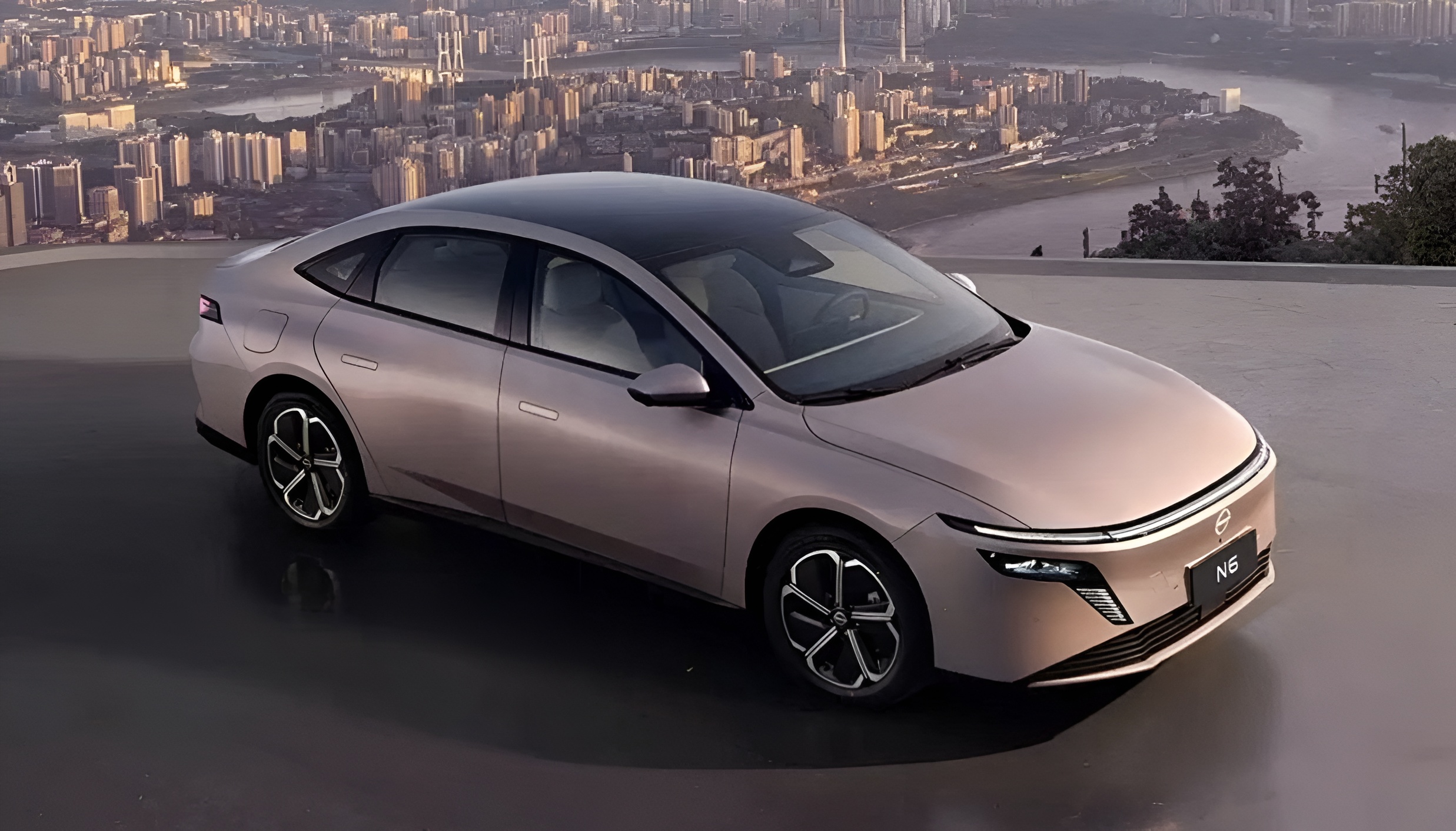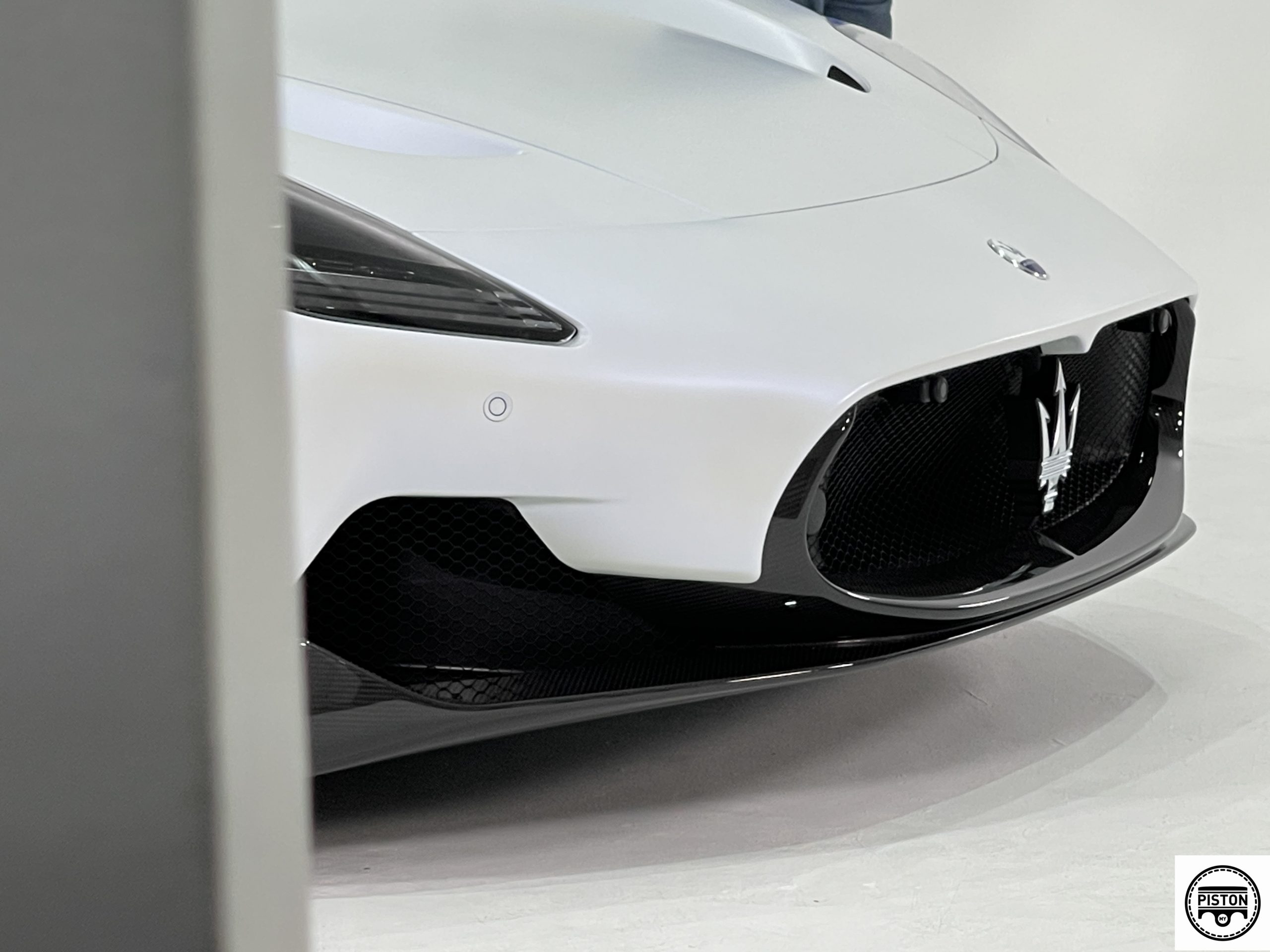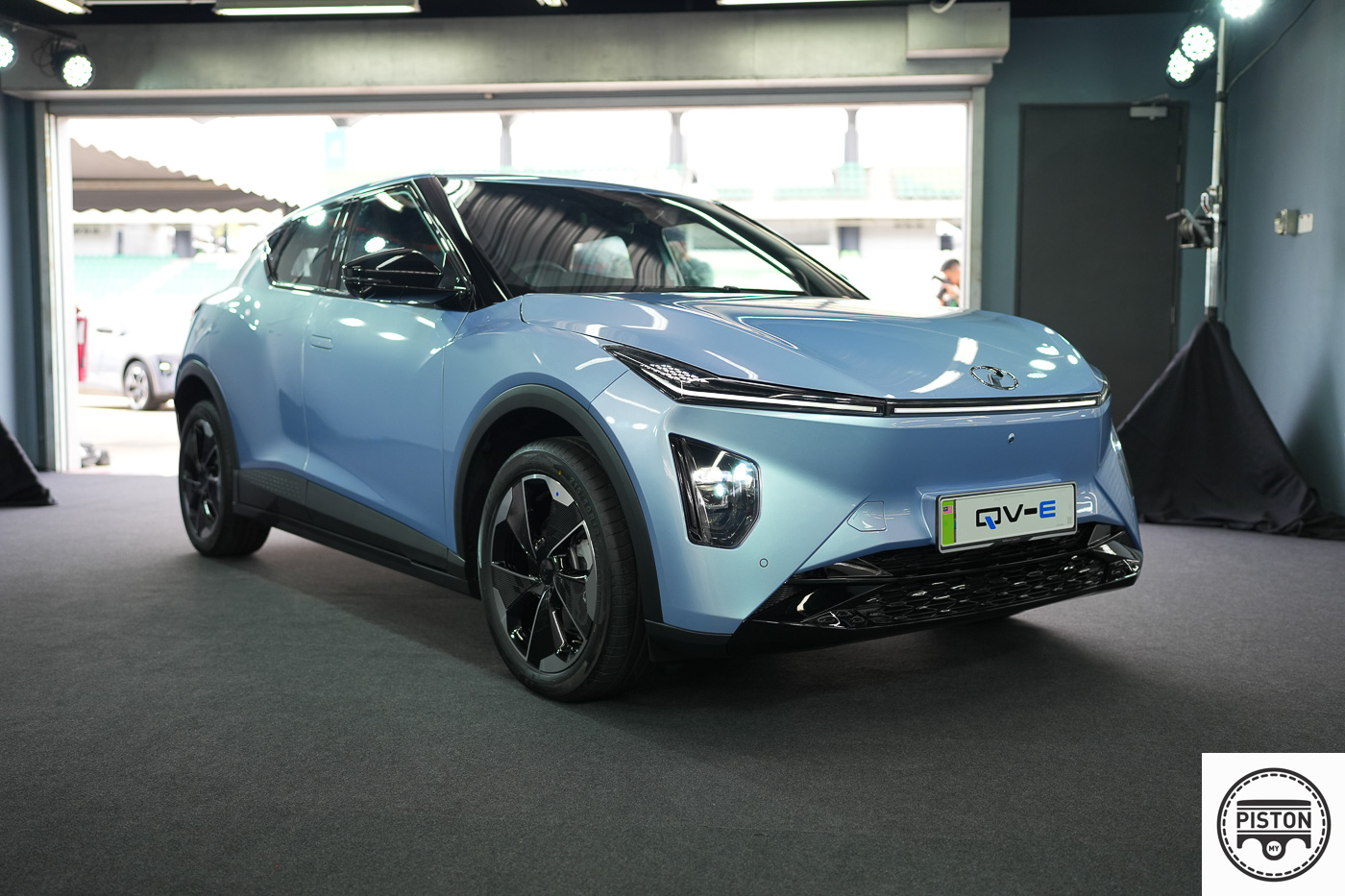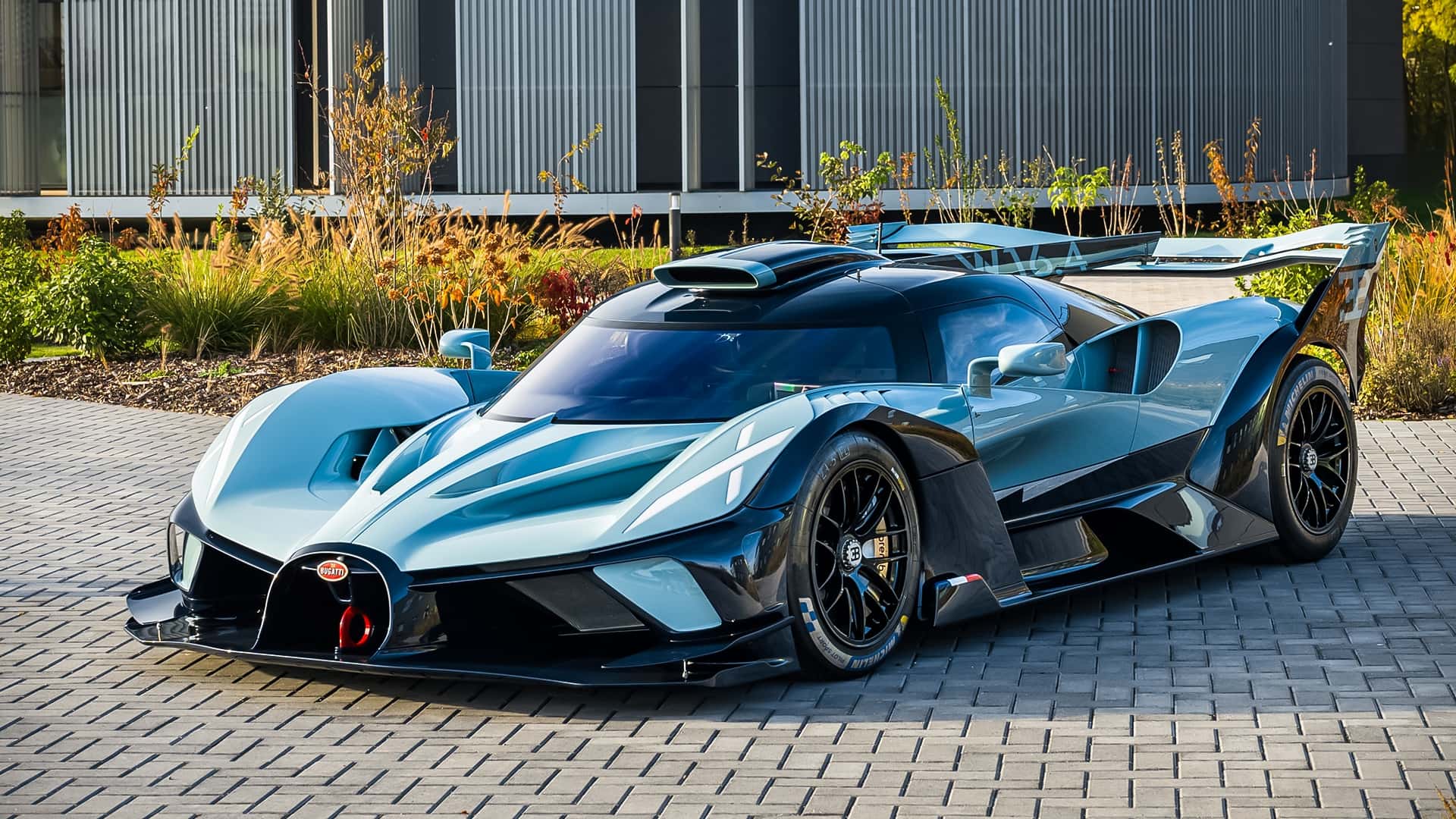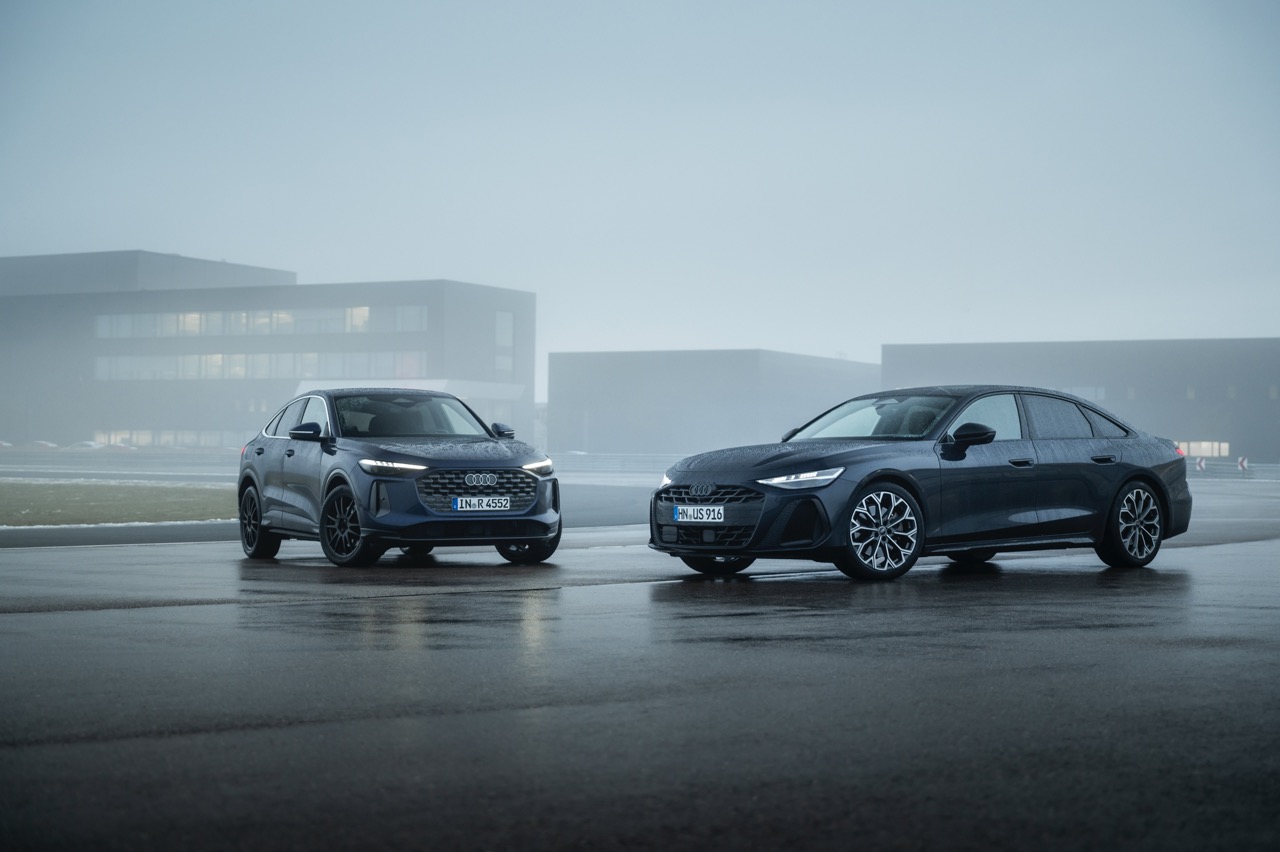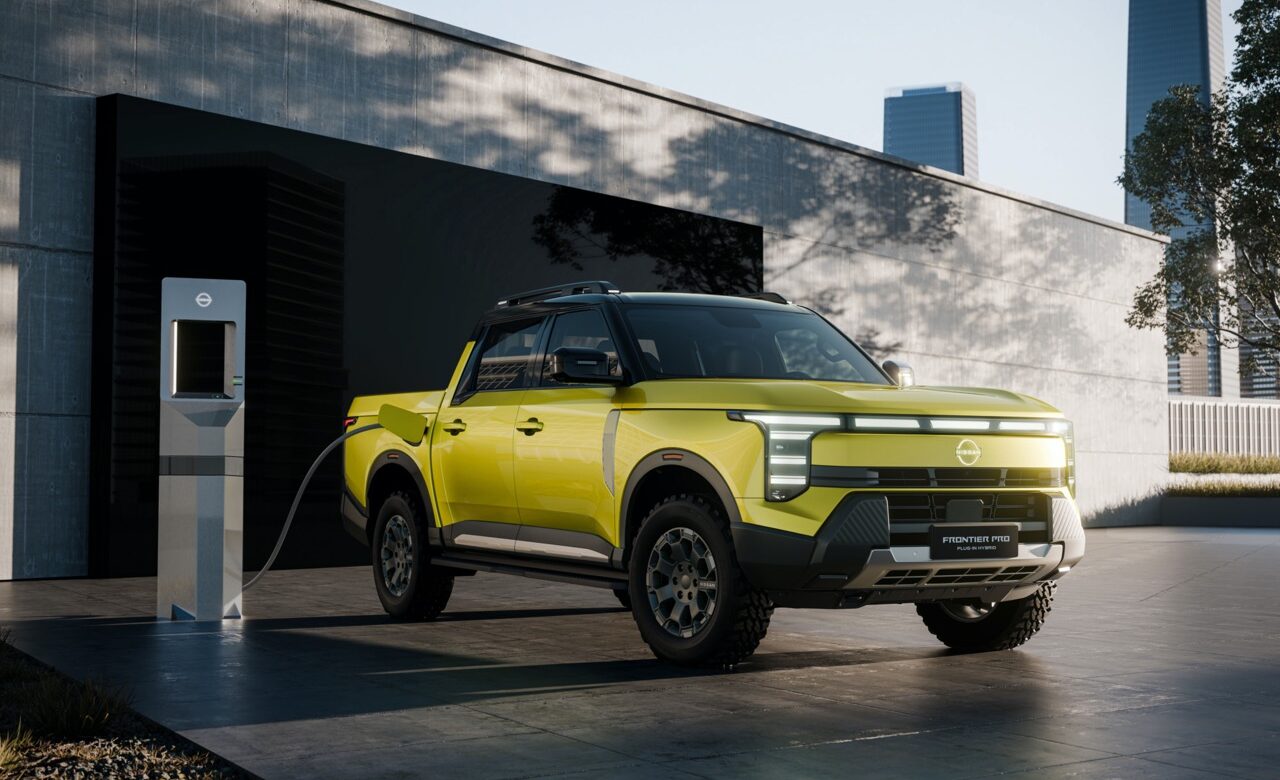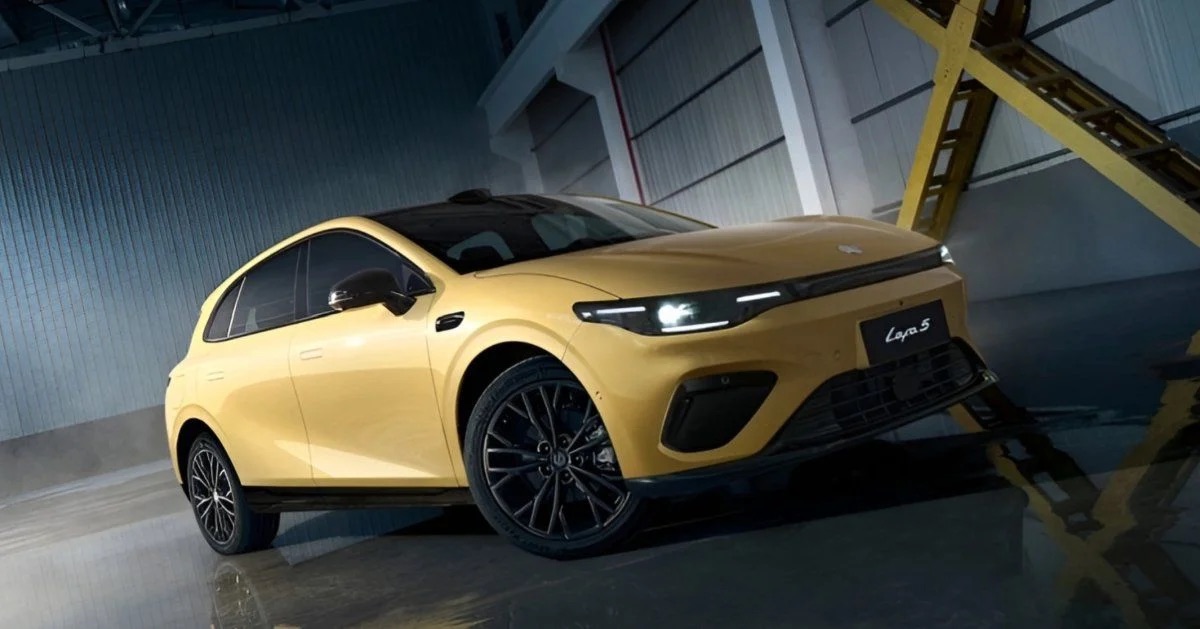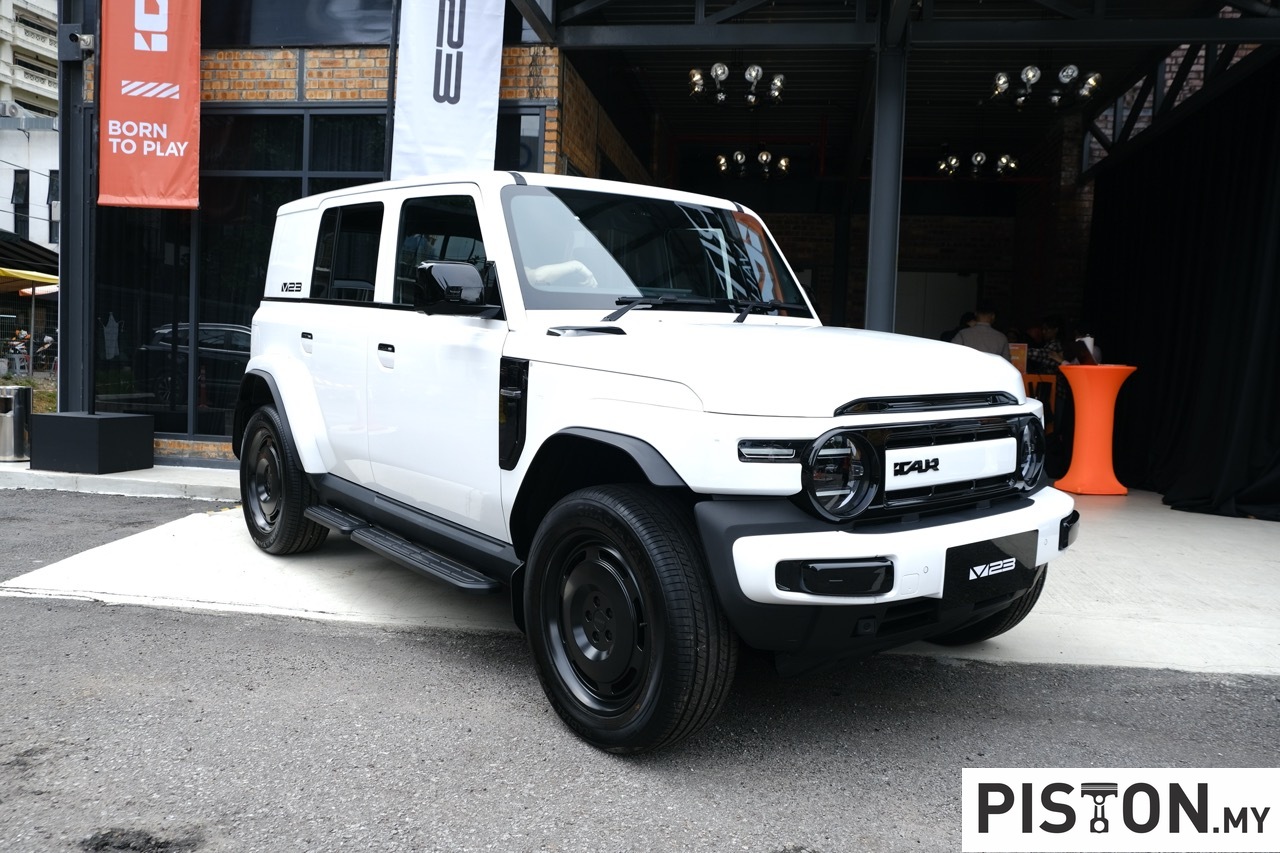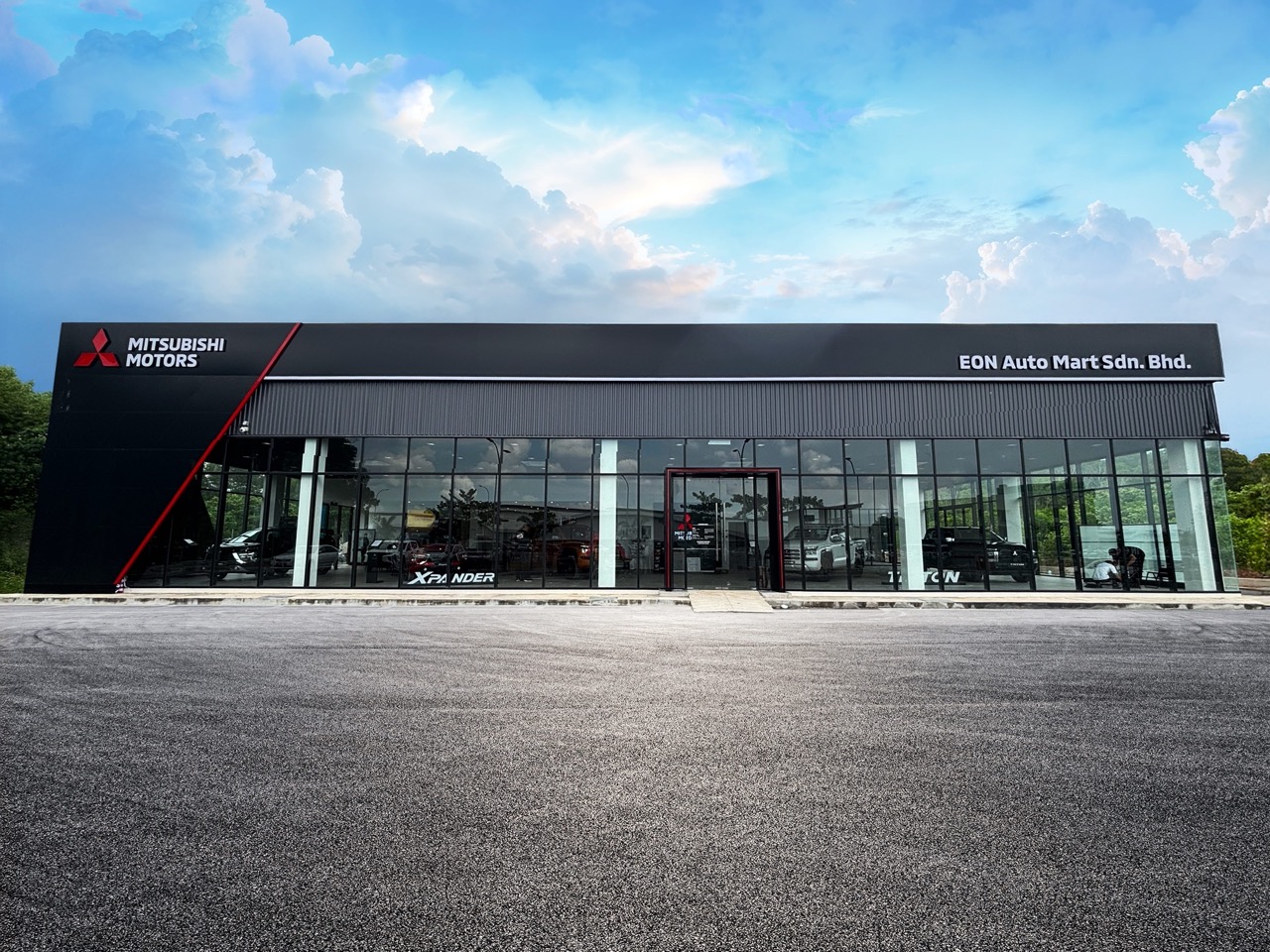Today, Mercedes-Benz has a range of compact models in its range but this was not the case before 1997 when the smallest model was the C-Class W201 (known as 190 E earlier). However, the German carmaker did plan to have a car smaller than the C-Class and had been thinking about it on and off from the early 1980s.
While the world was excited at seeing the completely new ‘baby Benz’ in 1982, a small group of engineers was busy preparing a presentation for a model that was even smaller. It was a ‘city car’ concept which would have front-wheel-drive, two seats, sliding doors and large windows for an optimum all-round view.
Many believe this to be the starting point for the first A-Class and the idea of a mini vehicle had stimulated the designers to think of new approaches. However, that proposal never went very far as it was not easy to meet the high safety standards that must be in every vehicle with the Stuttgart Star. The technology available then made it almost impossible to design a car so small which could provide high levels of impact protection.
(more…)


